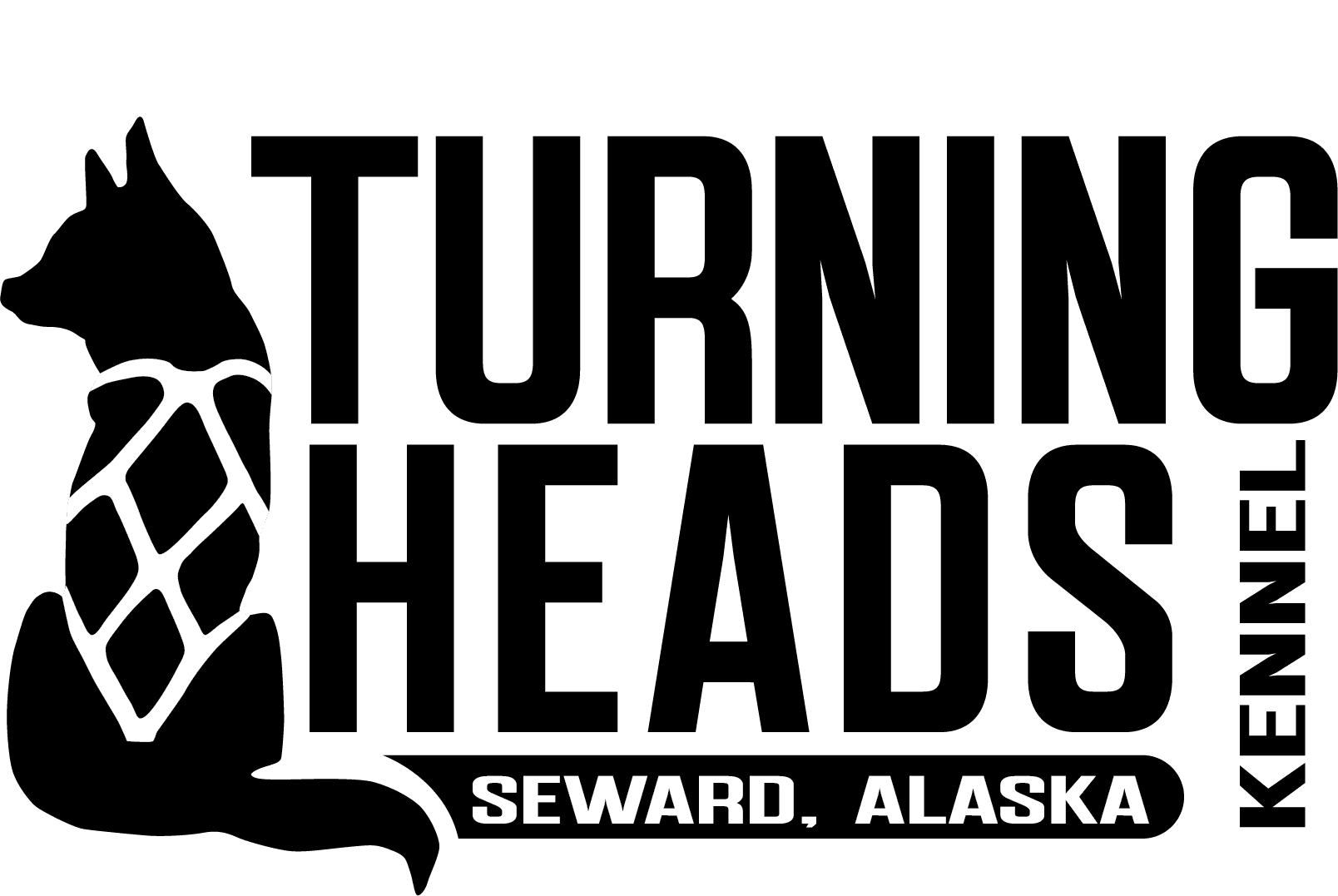Lena is a superb young athlete and has been the youngest dog in our kennel to finish both the Copper Basin 300 and the Northern Lights 300. Lena has been a dog that seamlessly fits into the team and always just does her job.
Although shy at first, after warming up Lena is a real sweetheart. In the checkpoints, she curls up into a tight little ball to sleep but is always excited to get a belly rub, eat a meal, or have her booties put on.
Lena works hard in the team and has done a truly impressive job, most likely earning herself a spot on Sarah’s Iditarod team!




